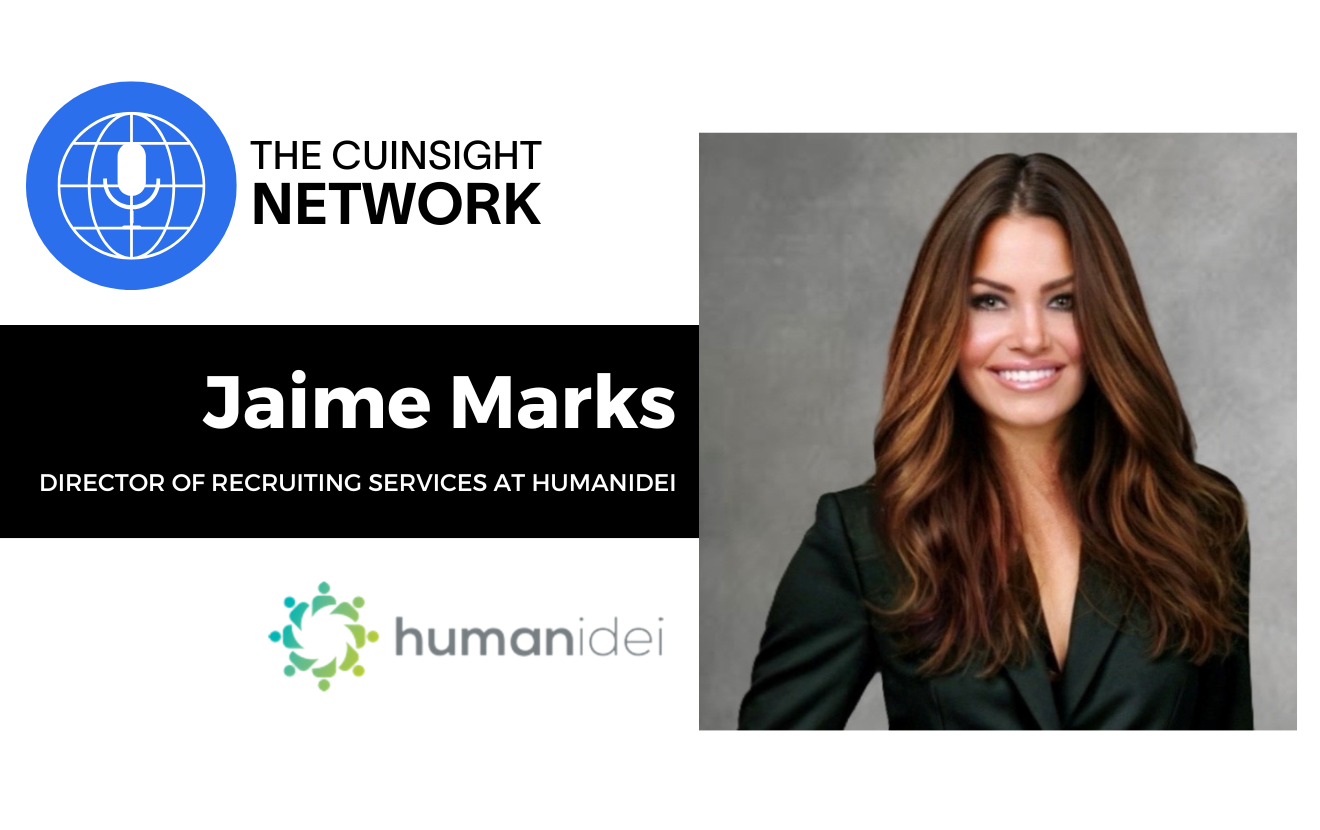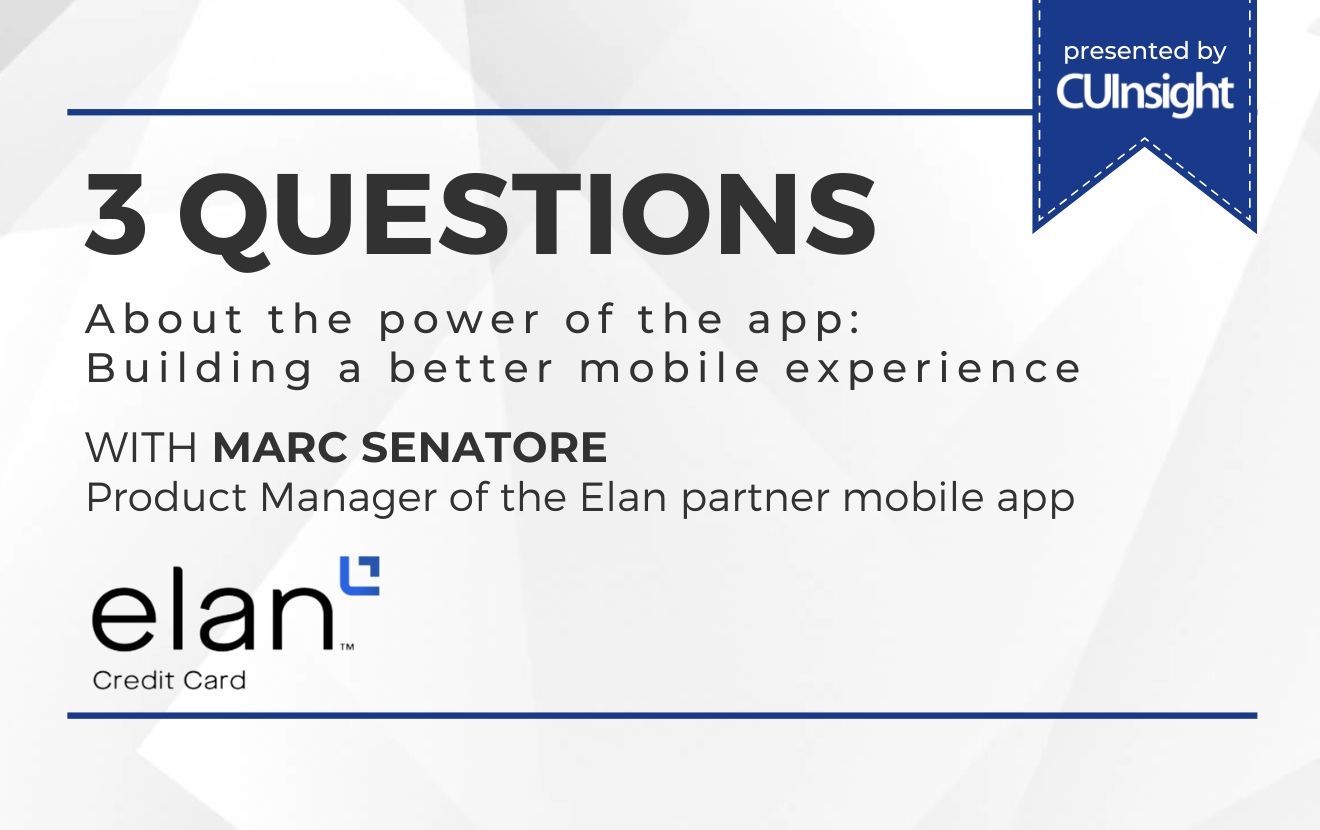There has been a major emphasis on making banking friendly for millennials. Of course, this is a necessity as millennials make up a larger percentage of the workforce and have different expectations for their financial institutions than previous generations. However, there are bigger changes to prepare for. If you are struggling to please millennials, a generation of adults who were impressed by the ability to send text messages and pictures as high schoolers, how will you be able to meet the needs of Generation Z – the generation who has been operating smart phones and tablets (and in some cases coding) before they could walk or talk?
Who is Generation Z?
Before we discuss how to react to Generation Z, we need to better understand who Gen Z is. Generation Z, or as Business Insider has called them, “millennials on steroids”, represents the people born between 1996 and 2010, according to socialmarketing.org. That means they range from ages 6 to 20 years old. Here are a few fun facts to get you warmed up to who we are talking about:
- They view technology as a given, not a reward or piece of equipment. It is a necessity [Thrivist]. In fact, Seventy-nine percent of Generation Z consumers display symptoms of emotional distress when kept away from their personal electronic devices [CMO].
- The average Gen Zer has the attention span of about eight seconds. They have grown up at a time when they're being served media and messaging from all angles, and have adapted to quickly sorting through and assessing enormous amounts of information [CMO].
- These consumers are digital natives, but even more so, mobile first. They are twice more likely to want to shop on a mobile than Millennials [Forbes]. To add to that, they spend 8-9 hours per day connected to at least one form of media [Thrivist].
- They find email an outdated communications method, and are 3x likelier to open a chat message received through a push notification. They value privacy meaning the best way to reach them is via private forums than broadcast media likeTwitterand Facebook [Forbes].
- Gen Z spends less time than any others in human history using conversation to communicate [Thrivist].
- 63% are concerned when it comes to protecting their identity when paying with a debit or credit card online or in a retail store [Gen HQ].
- Consumers 19 and younger prefer social networks like Snapchat, Secret, and Whisper, and a quarter of 13- to 17-year-olds have left Facebook this year [CMO].
- 57% would rather save money than spend it [The Intelligence Group]. Why? Their top financial goals are buying a car (33%), paying for education (23%) and buying a house (20%)[Visa].
- They have more purchasing power than any previous generation did at a comparable age [Thrivist]. In fact, Gen Zers influence $600 billion of family spending [CMO].
- To top it all off, By 2020 Generation Z will account for 40% of all consumers [CMO]. (That’s only about 3 years!)
Now let’s try to process this. When members of Generation Z are using their phones to browse and compare financial institutions, how confident do you feel that your website and offerings will stand out against the big banks and fintech startups? What changes will you have to make to provide satisfactory service to a generation that doesn’t remember life before smartphones and Amazon?
Now that we have a better understanding of who we are talking about and realize that we need to start preparing, let’s look at what it means for your financial institution.
Key takeaways for financial institutions
As an industry, we have spent a lot of time discussing millennials and their preferences. Millennials are driving a lot of change, but the next generation is going to be the real test. Generation Z is peeking around the corner, and, as noted above, is already showing new concerns around not only technology and convenience, but also privacy, security, marketing, and more.
Technology will be a major differentiator for financial institutions that are either accepted or left in the dust as the younger generations continue to enter the workforce. There has been a lot of research and discussion about how many millennials “prefer” innovations such as online or mobile banking. Generation Z not only prefers this technology, but expects it. Any parent knows how difficult it is to take cell phone privileges away from a teenager (or even ask to borrow the phone for a few minutes to make a call). Imagine telling that same teenager who will soon be out of college that he/she can’t use that phone to do personal banking. Then try to guess the odds you will not lose that (potential) member to another institution that better meets his/her needs.
It’s not just about mobile though
It is important to note that online or mobile banking is not a simple fix to be accepted by the upcoming generation. As previously mentioned, Gen Z has expressed increased concerns over topics such as security and privacy before they even own any assets. A fancy website might keep Generation Z interested long enough to learn more, but you need to have offerings to back it up. Similar to the millennial generation, the experience matters.
Generation Z is more likely to seek out their own information for purchasing decisions than be swayed by a piece of advertising that they somehow couldn’t skip, block, or filter out. They are the best generation to date at comparing options online. They have grown up with high-speed access to answers about any question, and reviews on any purchase they are looking to make. It has never been easier for people to compare their options on their own with a few clicks in a few seconds, and that will be the make-or-break point in capturing the members of Gen Z. You will need to continue to build and strengthen these relationships in order to maintain Gen Z as a member or customer.
Banks and credit unions need a way to capture and utilize all available data in order to reach and relate to this generation. For example, if a marketing message isn’t personalized for them, you are already behind the curve of every other business they are regularly interacting with, like Amazon, Uber, or even big banks, who intimately know these customers through the data they are collecting. Credit unions and banks are fortunate to have access to a lot of information about their members, but need to take advantage. Financial institutions need to make their data actionable – show your members that you understand their needs and want to help them reach their goals. This type of insight requires integrating all available sources and doing some advanced analytics, but will only be more and more necessary as we face younger generations.
Millennials may have been a nice yellow flag for financial institutions to catalyze change, but the next tidal wave of generational demand will be much, much greater, and your financial institution has no time to waste.







